PhonesSamsung
- Samsung’s Galaxy Z Fold7 Ups the Ante—Again. But Is That Enough?
- A Bigger, Brighter Canvas—Inside and Out
- What’s Under the Hood? A Subtle, Powerful Shift
- A Folding Phone That Doesn’t Feel Like One (Mostly)
- AI, Everywhere. Even in Places You Didn’t Ask For It
- Samsung Galaxy Z Fold7: What You’re Really Getting
- So, Should You Buy It?
Samsung’s Galaxy Z Fold7 Ups the Ante—Again. But Is That Enough?

Nick Papanikolopoulos
July 9, 2025
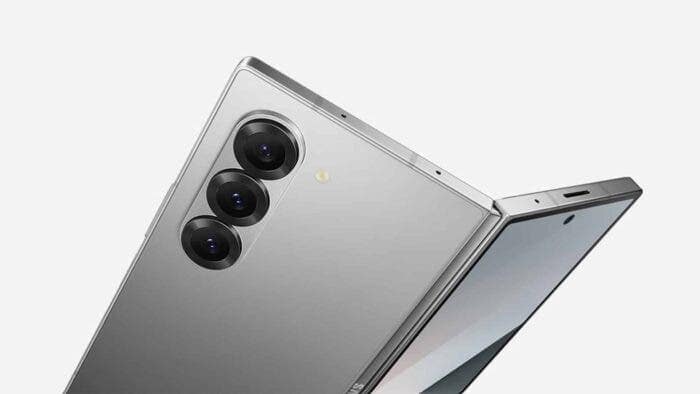
Samsung is back at it and at its Galaxy Unpacked event in New York, the tech giant pulled the wraps off the Galaxy Z Fold7, the latest evolution of its flagship foldable series. If you’ve followed Samsung’s journey into foldables, you already know the company’s rhythm: bigger screens, better cameras, sleeker designs—and this year’s no exception. But here’s the question lingering beneath the spec sheet: is this still innovation, or just refinement? Let’s walk through it, screen by screen, hinge by hinge.
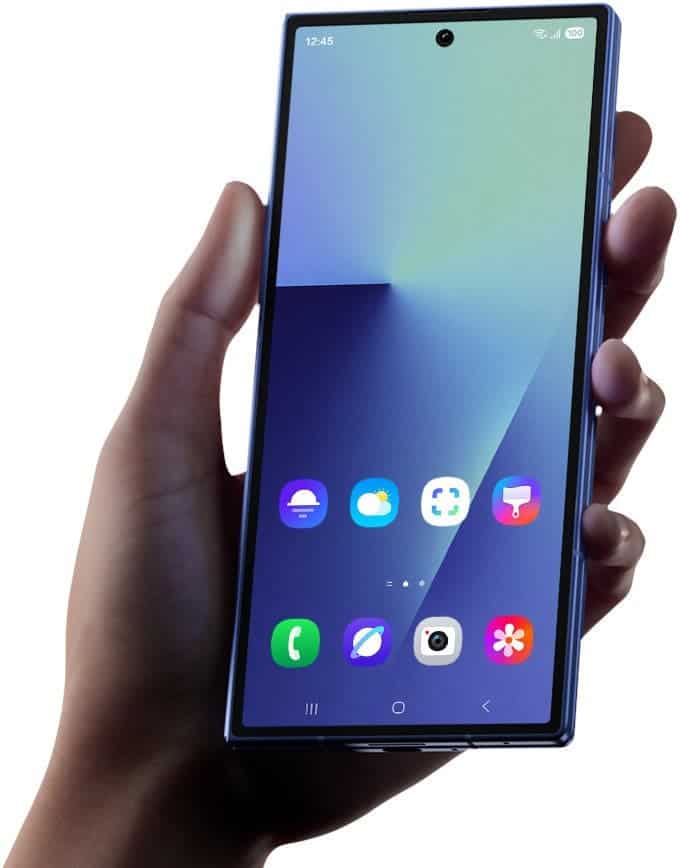
A Bigger, Brighter Canvas—Inside and Out
Unfold the Z Fold7 and you’re staring into an 8-inch Dynamic AMOLED 2X display, which is—by Samsung’s own metrics—11% larger than the Fold6. The 1–120Hz adaptive refresh rate remains, so everything from scrolling through social feeds to editing video should feel seamless. Closed, it offers a 6.5-inch FHD+ cover screen, also with a 120Hz refresh rate and a 21:9 aspect ratio, which… honestly? Feels more usable than last year’s version. Samsung has finally embraced the reality that people often use the Fold closed just as much as open.
And yeah, it’s bright. Up to 2600 nits peak brightness, which in real-world use means you can actually read stuff outdoors without squinting. Handy.
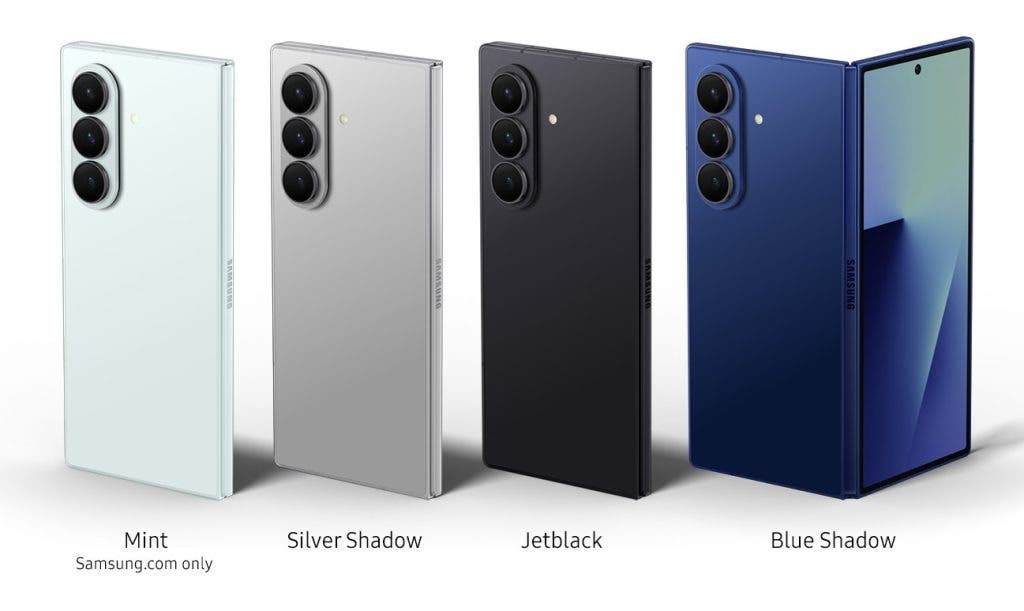
What’s Under the Hood? A Subtle, Powerful Shift
Inside, the Fold7 moves to Qualcomm’s Snapdragon 8 Elite for Galaxy, replacing the Gen 3 chip in last year’s model. It’s not just a branding change—there are real gains here, especially in multitasking and AI. Daily usage? Snappier. Gaming? Smoother. But if you’re not pushing the phone hard, the difference might not slap you in the face.
What does stand out is the 200MP main camera. Yes, 200. That’s a first for the Fold series, and—on paper—it’s a leap. Add in a 12MP ultra-wide and a 10MP telephoto with 3x optical and 30x digital zoom, and you’ve got a camera rig that’s starting to feel serious.
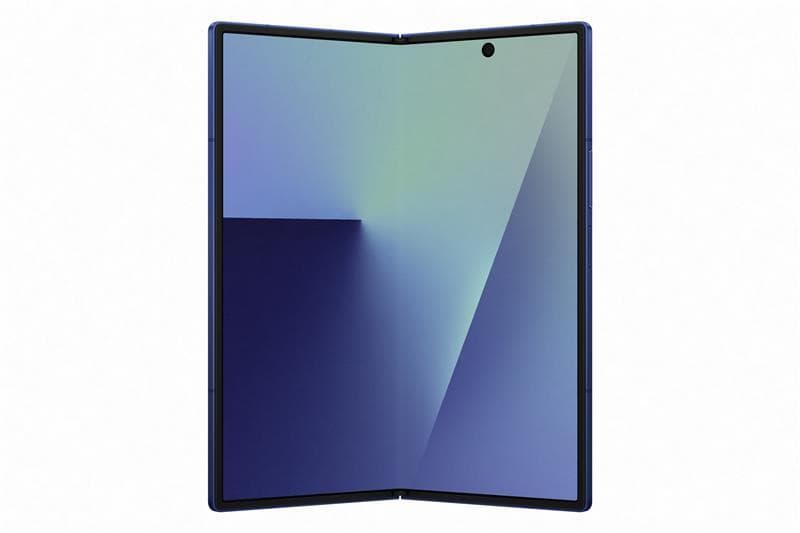
That said, megapixels aren’t magic. We’ll have to see how Samsung’s image processing handles it, especially in mixed lighting. There’s also a subtle shift: the under-display camera is gone, replaced by a standard 10MP inner camera. It’s not groundbreaking, but it works better. Maybe that’s the point.
A Folding Phone That Doesn’t Feel Like One (Mostly)
Samsung keeps chipping away at the bulk. The Samsung Galaxy Z Fold7 weighs just 215g, lighter than even the Galaxy S25 Ultra. Folded, it’s 8.9mm thick. Unfolded? Just 4.2mm. It’s noticeably sleeker in hand, and the new Armor FlexHinge helps with that. Thinner, lighter, and redesigned with a multi-rail structure to reduce the crease.
Corning’s Gorilla Glass Ceramic 2 now protects the outer screen. The back? Victus 2. Add a titanium plate layer inside the foldable panel and 50% thicker Ultra-Thin Glass, and Samsung’s clearly trying to shut down doubts about durability. Is it indestructible? No. But it’s getting closer to feeling like a regular phone, which is the goal. And it’s still IP48 water- and dust-resistant, which matters more than it sounds.
Read Also: One UI 7 Stable Update Arrives On Samsung Galaxy A06 4G
AI, Everywhere. Even in Places You Didn’t Ask For It
Samsung’s newest OS, One UI 8, sits on top of Android 16 and leans hard into AI. Some of it feels thoughtful. Some feels a little… much.
Take Photo Assist—you can erase, move, or enlarge parts of a photo with just a few taps. There’s Portrait Studio, which adds pet-focused tweaks (finally?), and Generative Edit, which makes auto-suggestions for cleanups. It’s clever, sure, though not always needed. Side-by-side editing is where the large screen flexes its muscles. You can see original and edited versions live, which is helpful, especially for creators. Audio Eraser now filters out background noise more proactively—nice for vloggers or the chronically Zoom-fatigued.
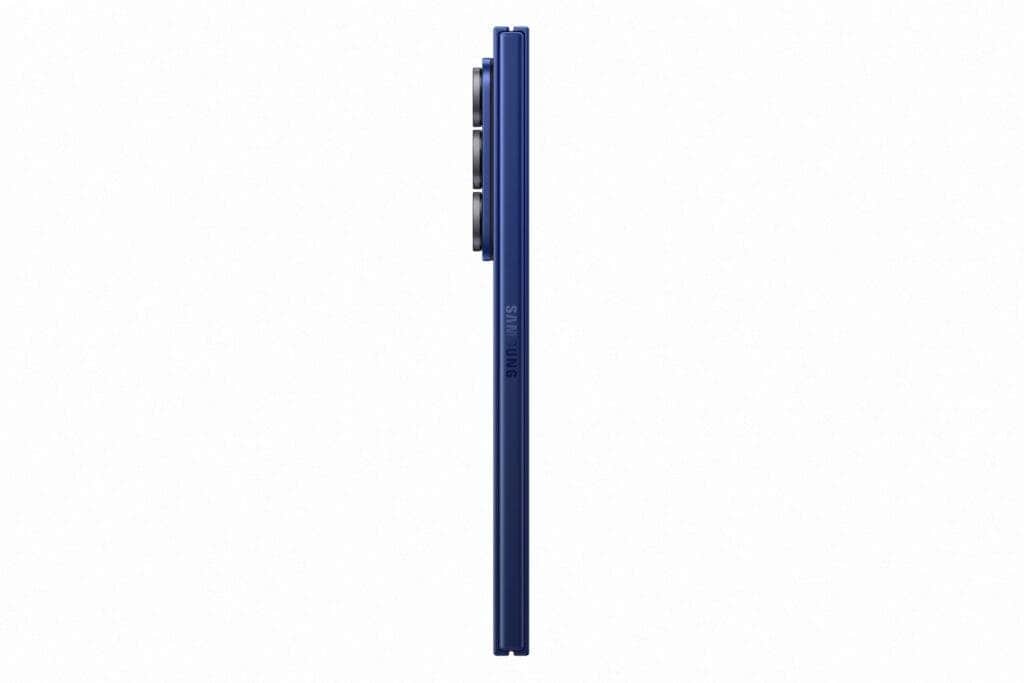
Then there’s Gemini Live, Samsung’s take on multimodal AI. You can ask questions about what’s on-screen—text, visuals, context. Sounds great, but it’s early days. We’ll see how intuitive it really is. Knox Enhanced Encrypted Protection (KEEP) is worth noting, too. It’s Samsung’s bet on app-specific encryption and post-quantum cryptography. Not sexy, but important.
Samsung Galaxy Z Fold7: What You’re Really Getting
- Main Display: 8” QXGA+ Dynamic AMOLED 2X, 120Hz, HDR10+, 2600 nits
- Cover Display: 6.5” FHD+ AMOLED, 21:9, 120Hz
- Processor: Snapdragon 8 Elite for Galaxy
- RAM & Storage: 12GB/16GB RAM, 256GB–1TB UFS 4.0 storage
- Cameras: 200MP main + 12MP ultra-wide + 10MP telephoto (3x), 10MP front (x2)
- Battery: 4400mAh with 25W wired / 15W wireless / 4.5W reverse charging
- Other: IP48 rated, Wi-Fi 7, Bluetooth 5.4, USB-C, Stereo speakers w/ Dolby Atmos
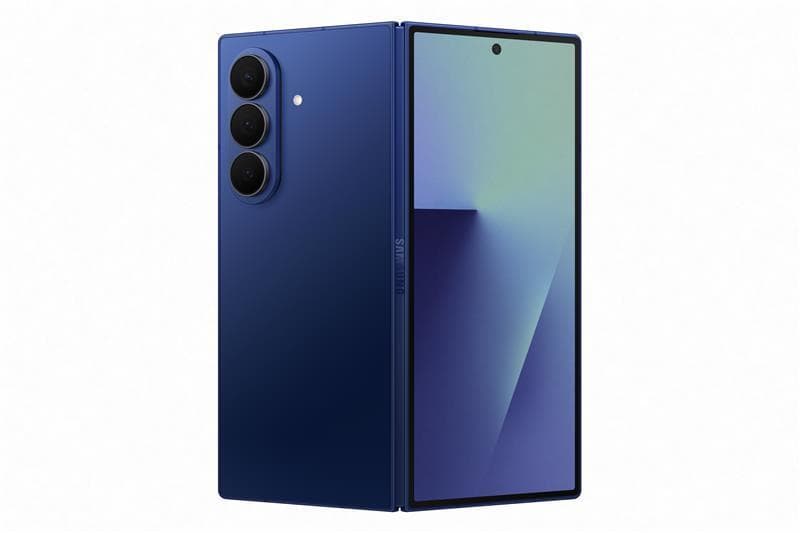
So, Should You Buy It?
It’s complicated. The Samsung Galaxy Z Fold7 is the most refined, capable foldable Samsung’s made. The hardware finally feels mature. The software—while occasionally over-engineered—is powerful and genuinely useful in parts.
But it’s still $1,999. And at that price, you’re not buying utility. You’re buying a vision of the future. A folding screen that maybe, finally, feels normal. For some people, that’s enough.
Disclaimer: We may be compensated by some of the companies whose products we talk about, but our articles and reviews are always our honest opinions. For more details, you can check out our editorial guidelines and learn about how we use affiliate links.Follow Gizchina.com on Google News for news and updates in the technology sector.
Source/VIA :
VIA